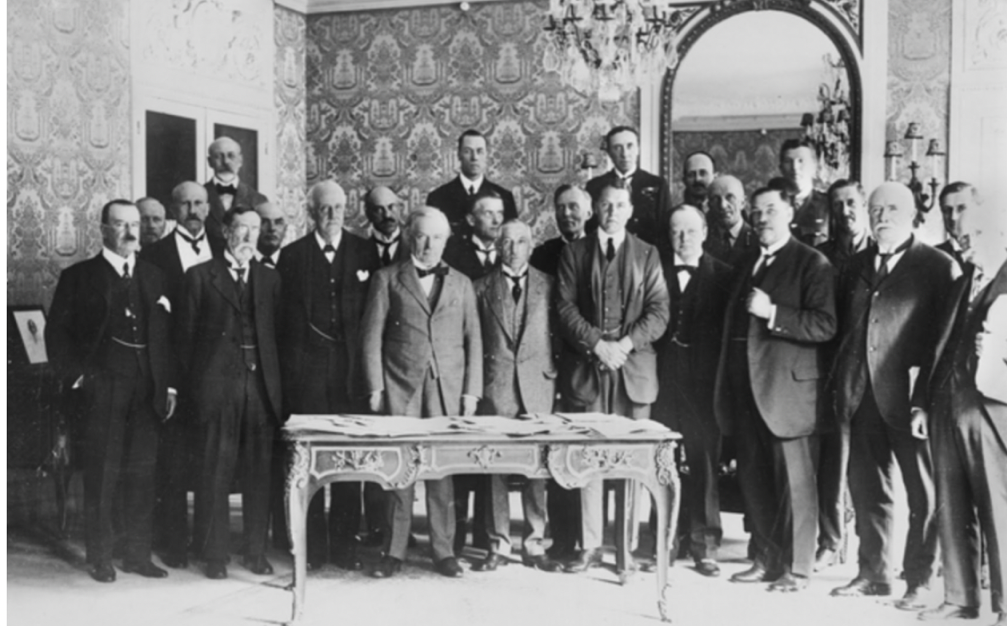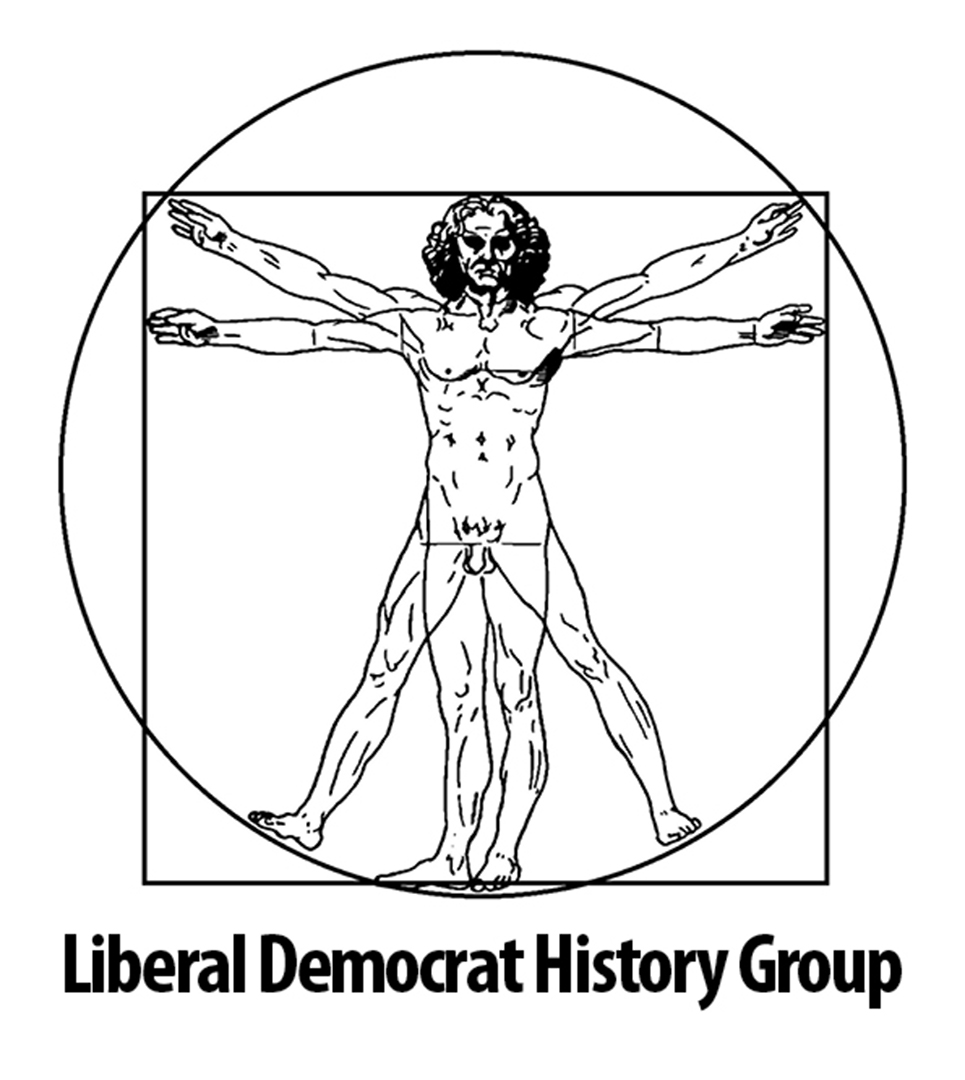Only 168 candidates from other parties stood at that election, 110 of them Liberal. Not only were there just six Liberal MPs elected, but only eleven Liberals finished second. In 1955, five of the Liberals elected benefited from arrangements, informal or otherwise, in which they were not opposed by Conservative candidates, Jo Grimond being the only Liberal MP to have defeated candidates from both main parties.
In local government, too, the Liberals barely impinged on the electoral landscape. Fewer than 500 Liberal councillors served on county, borough or district councils in the mid-1950s, the majority in north west England and Yorkshire. In large parts of the country, including London, the Home Counties, north east England, south Wales, and Scotland, no more than a handful of Liberals, if that, had been elected at any level for years.
This was Jo Grimond’s inheritance when he became Liberal leader in 1956. The Liberals were not so much on a downward spiral as on the verge of extinction. Largely ignored by the press and in Parliament, they seemed like an historical remnant, which would shortly disappear for ever. Grimond’s great achievement was to bring the party back from the brink and to start its long march back to relevance, which has continued, with occasional setbacks, ever since.
Jo Grimond was born on 29 July 1913 in St Andrews, Fife, the son of a local jute manufacturer. Educated at Eton and Oxford he married Laura Bonham-Carter in 1938. She was the daughter of Lady Violet Bonham-Carter, Asquith’s daughter, who was once described as the formidable high priestess of Liberalism. Grimond was called to the bar in 1937 but joined the army in 1939 and served in Northern Ireland and Europe, rising to the rank of major. He contested Orkney and Shetland for the Liberals in 1945 and was narrowly defeated, but captured the seat in 1950. Almost immediately on his election he became the party’s Chief Whip in the House of Commons – a difficult job given the splits in the party at that time – and he served in that capacity until he became leader.
There were four main reasons for Grimond’s galvanising effect on the Liberal Party. Firstly, he was an effective television performer and was the first Liberal to exploit this new medium. He came across as a classless modern man, able to talk straight to ordinary people. Even supporters of other parties, as well as those who had never heard of the Liberals, took notice of what he said.
Secondly, he led a raft of new policy thinking, which gave the party some intellectual credibility and helped improve its profile in the media. Grimond established policy commissions, often under the chairmanship of academics not closely linked to the party, which helped promote the Liberals in universities. Some new policy-thinking seriously challenged the existing parties and helped attract support: for example, Grimond himself personally devised the Liberals’ policy against Britain having its own nuclear deterrent. Many of the policies agreed under Grimond remained influential in the party for over twenty years.
Both Grimond’s impact in the media and his focus on policy helped reinvigorate Liberal members and attract new ones. Although central membership figures were not kept at this time, it is thought that Liberal membership more than trebled from the mid-1950s to a peak of over 350,000 in 1962. With more members, the party’s credibility with the electorate was increased; and although membership declined after 1962, Grimond brought much fresh talent into the party for the first time. A whole generation of Liberal leaders and activists, including David Steel, who led the party from 1976-88, were attracted by Grimond to the Liberals.
Grimond was sometimes criticised for laziness or diffidence, which reflected his lack of concern for organisational matters. He was not a tireless campaigner or leaflet-deliverer: for him politics was about the battle for minds. His lack of interest in organisation was a part of his success. He was not interested in the constitutional structure of the Liberal Party, preferring to develop and announce new policies using his own methods rather than subjecting them to endless discussion by party committees. His direct style of leadership shook the party from its long period of inertia. Because he was not interested in the organisation of elections he let others innovate. Under his leadership the party’s local government department was established, and great strides were made in council elections; and the targeting of resources to key parliamentary seats began.
Not every aspect of the Liberals’ reawakening was due to Grimond: in several ways he took advantage of opportunities beyond his control to boost his party. The Suez adventure, which highlighted British weakness abroad and the dangers of using military action without the sanction of the US, caused many Conservative supporters to turn away from their party in dismay at its neglect of multilateralism. The Liberals’ response to Suez was uncertain at first, but Grimond soon took the initiative in attacking Eden’s policy and thereby helped attract new support, and activists, to his party.
Grimond was also fortunate to lead the Liberals at a time when the post-war political hegemony of the two main parties was beginning to weaken. In 1959 Labour lost its third consecutive election and seemed tired and directionless. The divisions between its left and right wings were as stark as ever. The Conservatives under Eden and Macmillan were ridiculed as being old-fashioned and out of touch with modern Britain, particularly as the 1960s got underway. Grimond tapped into this feeling by portraying his 100-year old party as new, vibrant, and the natural home for classless modern voters, sick of the old debate between workers and business.
Finally, the Liberal Party’s revival had already begun when Grimond became leader. The party had recruited actively after the Second World War, and many of the members it retained were coming into their own as local activists by the mid-1950s. The Liberals almost won the Inverness by-election in 1954 and performed creditably in a number of other campaigns. By 1955 a by-election campaign team had been formed to take advantage of the opportunities for favourable media exposure, and victory, which a by-election could offer. The Liberals’ local government position had also begun to improve from 1953, although the national party did not monitor local election statistics closely at this time. Even at this stage, the community politics techniques which would be adopted more widely from the 1960s onwards had begun to be developed.
In 1958 Mark Bonham-Carter won Torrington for the Liberals, the first Liberal by-election gain since 1929, and this win was followed by an even more spectacular success at Orpington in 1962. Neither victory owed much to Grimond. In the former case, a strong candidate and local organisational improvements proved decisive in an area of traditional Liberal strength; at Orpington, success at the parliamentary level followed years of patient work at local level which led to the Liberals taking control of the council at around the same time. Grimond simply failed to grasp the significance of what had happened at Orpington, believing instead that young middle class “Orpington men” and their wives would deliver a swathe of Home Counties seats to the Liberals. Nevertheless, he communicated to Liberal activists, supporters, and the electorate at large, a sense of the possibilities now open to his party, and his vision of its successful future. In 1962, no-one could have argued that the Liberal Party would whither and die.
For Grimond, the years after the Orpington triumph demonstrated Enoch Powell’s maxim that all political careers end in failure. The 1964 general election brought improved results – especially in Highland Scotland – but no breakthrough. Labour was elected with a narrow majority and Grimond’s hopes for a realignment of the left, in which the Liberals supplanted Labour, seemed dashed. Even though the number of Liberal MPs increased from nine to twelve, the 1966 result was worse. Grimond had hoped for a hung Parliament, but Harold Wilson returned to 10 Downing Street with a substantial majority. In terms of representation in the Commons, and average number of votes per candidate, the Liberals had only managed to return to the position they occupied in 1945. Grimond resigned as leader in 1967, to be replaced by Jeremy Thorpe.
Grimond may not have launched the first post-war Liberal revival, and was perhaps naive in his assessment about what was required to challenge the two main parties at parliamentary elections in the 1960s, but his impact on the Liberal Party was immense. He breathed new life into its leadership, established popular, credible and durable policies on a wide range of issues including defence and Europe, inspired activists, and, more than any Liberal leader since Lloyd George, made an impact on the electorate in terms of the things he said, and the way he said them. Without him the Liberals would probably have survived and might eventually have prospered, but the party’s development, and the course of British political history, would have been considerably different.
Article written in October 2003

Journal of Liberal History
For the discussion and research of Liberal, Liberal Democrat and SDP history
Developed and hosted by Prater Raines
